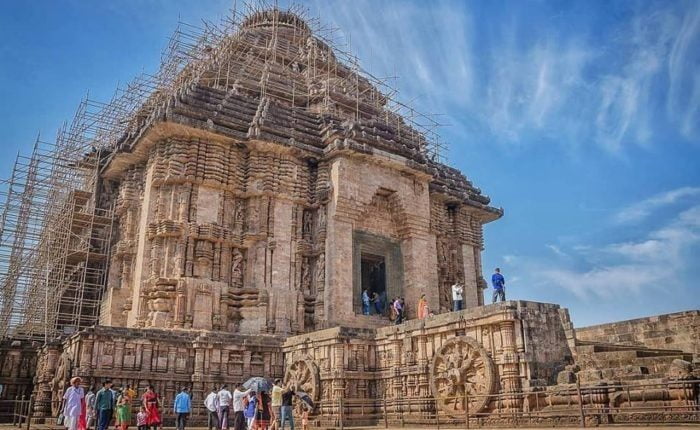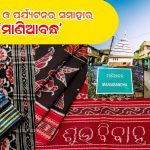In a significant development, the Archaeological Survey of India (ASI) has initiated a survey of the iconic Konark Sun Temple in Odisha’s Puri district as part of a proposed beautification project. This world-renowned 13th-century temple, also known as the Black Pagoda, is a UNESCO World Heritage Site and a prominent cultural symbol. The state government of Odisha has planned a comprehensive beautification of the temple and its surroundings to preserve its grandeur and improve the area for visitors.
On the request of the Odisha government, the National Geographical Research Institute (NGRI) was roped in to carry out a thorough survey using advanced laser scanning techniques. The survey was led by a three-member NGRI team, which included DB Garnayak, Superintendent of ASI’s Puri Circle, and Deputy Engineer Chittaranjan Das. Their task was to survey the sanctum sanctorum and the surrounding underground areas of the temple.
The objective of the laser scanning was to detect any hidden sections of the temple or undiscovered debris buried beneath the surface, which could potentially be vital to the temple’s historical structure. This effort will help identify and preserve such findings before the commencement of the beautification work.
DB Garnayak, speaking to the media, confirmed that the team would soon submit a comprehensive report of their findings to the government. This report will guide authorities in proceeding with the beautification project, ensuring that no significant parts of the temple or its history are inadvertently disturbed during the process.
The survey is a crucial step in safeguarding the structural and historical integrity of the Sun Temple, a masterpiece of ancient Indian architecture. The findings from this laser scan are expected to shed light on the temple’s original design, construction techniques, and any lost parts of this iconic structure. The results of the survey will help the government implement the beautification project with greater accuracy and cultural sensitivity.
In a significant development, the Archaeological Survey of India (ASI) has initiated a survey of the iconic Konark Sun Temple in Odisha’s Puri district as part of a proposed beautification project. This world-renowned 13th-century temple, also known as the Black Pagoda, is a UNESCO World Heritage Site and a prominent cultural symbol. The state government of Odisha has planned a comprehensive beautification of the temple and its surroundings to preserve its grandeur and improve the area for visitors.
On the request of the Odisha government, the National Geographical Research Institute (NGRI) was roped in to carry out a thorough survey using advanced laser scanning techniques. The survey was led by a three-member NGRI team, which included DB Garnayak, Superintendent of ASI’s Puri Circle, and Deputy Engineer Chittaranjan Das. Their task was to survey the sanctum sanctorum and the surrounding underground areas of the temple.
The objective of the laser scanning was to detect any hidden sections of the temple or undiscovered debris buried beneath the surface, which could potentially be vital to the temple’s historical structure. This effort will help identify and preserve such findings before the commencement of the beautification work.
DB Garnayak, speaking to the media, confirmed that the team would soon submit a comprehensive report of their findings to the government. This report will guide authorities in proceeding with the beautification project, ensuring that no significant parts of the temple or its history are inadvertently disturbed during the process.
The survey is a crucial step in safeguarding the structural and historical integrity of the Sun Temple, a masterpiece of ancient Indian architecture. The findings from this laser scan are expected to shed light on the temple’s original design, construction techniques, and any lost parts of this iconic structure. The results of the survey will help the government implement the beautification project with greater accuracy and cultural sensitivity.




